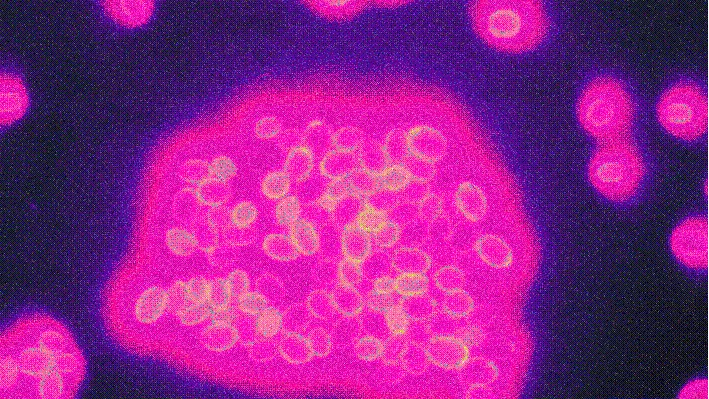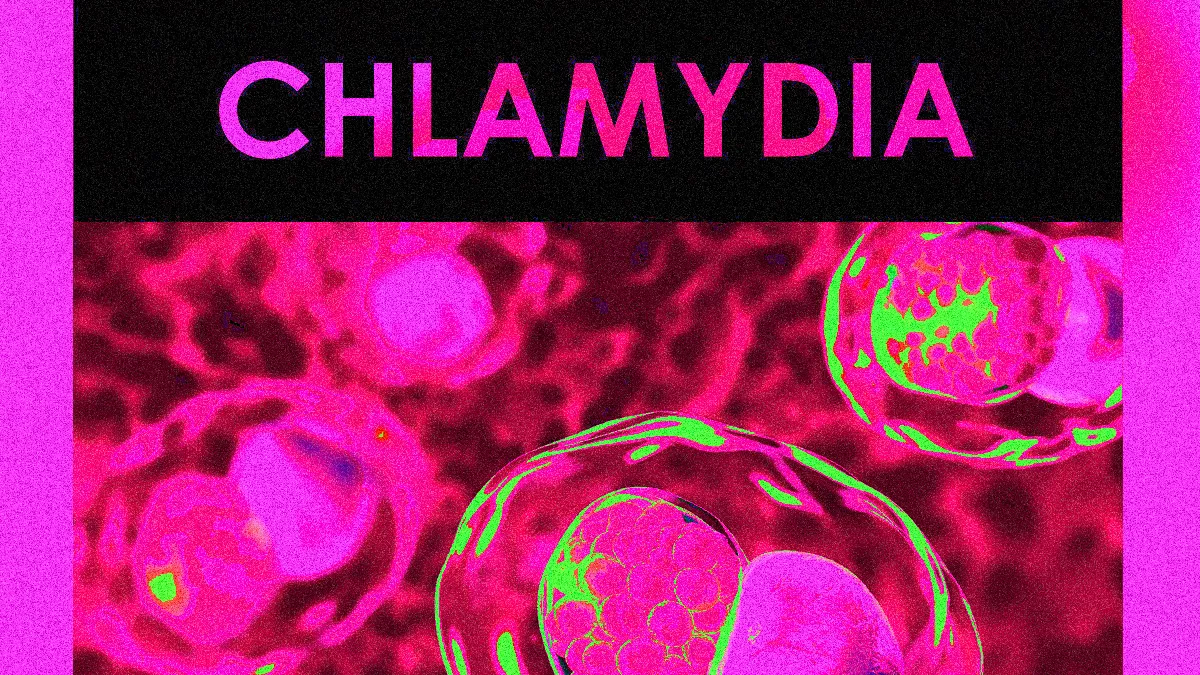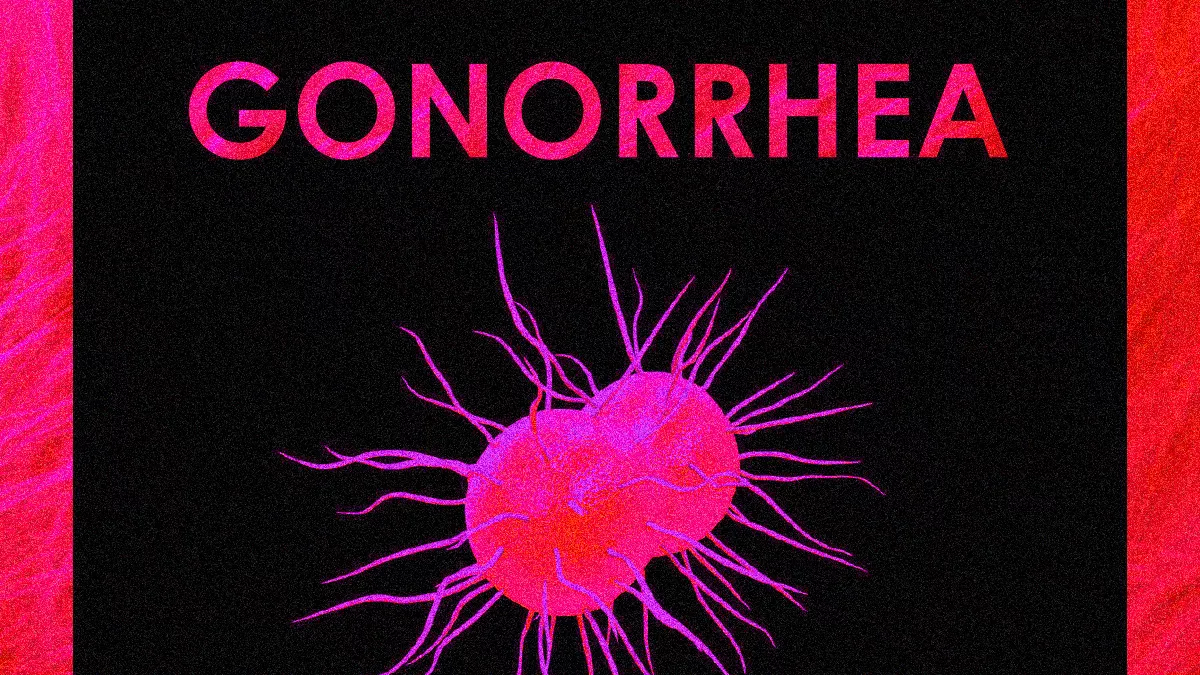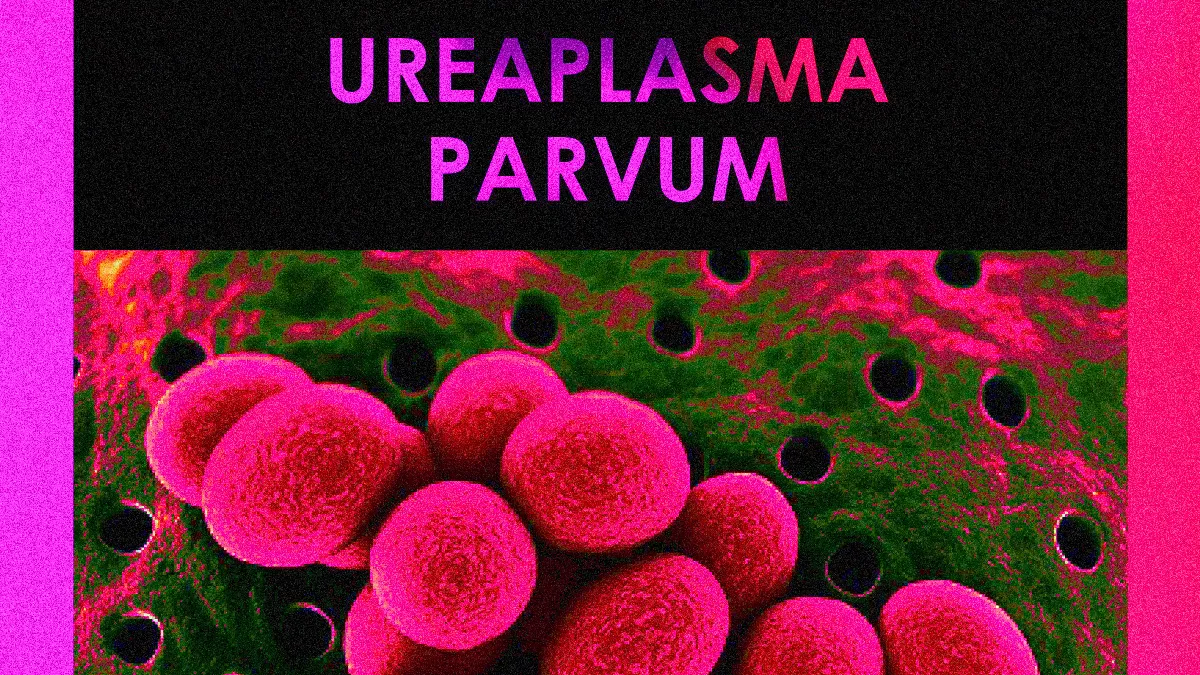Candida glabrata (CG) Infection - Symptoms, Complication, Testing and Treatment
3106
Candida glabrata infections, known as candidiasis, can occur in various body parts, including the urinary tract, genitals, mouth, and bloodstream.

Candida Glabrata Overview
Candida glabrata is a yeast species that can cause fungal infections in humans. It is typically harmless in healthy individuals but can become problematic for those with compromised immune systems. Candida glabrata infections, known as candidiasis, can occur in various body parts, including the urinary tract, genitals, mouth, and bloodstream. These infections can be challenging to treat as Candida glabrata has developed resistance to certain antifungal medications. Common conditions include urinary tract infections, genital infections, oral thrush, and bloodstream infections (candidemia).
Get Tested and Treated for Candida Glabrata at PULSE Clinic
Contact us at info.bkk@pulse-clinic.com or chat on your preferred platform:
![]() +66 65 237 1936
+66 65 237 1936  @PULSEClinic
@PULSEClinic ![]() PulseClinic
PulseClinic
Other Candida species and their associated infections:
- Candida albicans (CA) is the most common Candida species and can cause oral thrush, vaginal yeast infections, and candidemia.
- Candida dubliniensis (CD) is closely related to CA and can cause similar infections, like oral and vaginal infections.
- Candida glabrata (CG) has become more prevalent and is known for causing challenging-to-treat infections, especially in immunocompromised individuals. It may exhibit resistance to certain antifungal medications.
- Candida krusei (CK) is a less common species that can cause bloodstream infections and other invasive infections. It is naturally resistant to fluconazole.
- Candida lusitaniae (CL) is an infrequent species inherently resistant to amphotericin B, a commonly used antifungal medication for severe fungal infections.
- Candida parapsilosis (CP) is a significant cause of invasive candidiasis, particularly in neonates and individuals with medical devices like catheters or prosthetic devices.\
- Candida tropicalis (CTp) is another common species that can cause candidemia and various infections, similar to CA.
What infections can Candida glabrata cause?
Candida glabrata can cause a range of infections, including:
- Urinary Tract Infections (UTIs): Candida glabrata is one of the leading causes of UTIs, particularly in individuals with indwelling urinary catheters or those who have undergone urinary tract procedures.
- Genital Infections: Candida glabrata can cause vaginal yeast infections (vulvovaginal candidiasis) in women. It may also cause balanitis in men, which is inflammation of the head of the penis.
- Oral Infections: Candida glabrata can contribute to oral thrush (oral candidiasis), a fungal infection characterized by white patches on the tongue, inner cheeks, and other areas of the mouth.
- Bloodstream Infections (Candidemia): Candida glabrata is an important cause of candidemia, which is a bloodstream infection. Candidemia can occur in individuals with compromised immune systems, such as those with HIV/AIDS, cancer, or receiving immunosuppressive therapy.
- Other Invasive Infections: Candida glabrata can also cause infections in other parts of the body, such as the lungs (pulmonary candidiasis), skin and soft tissues, and even deep-seated organ infections in rare cases.
What are Fungal Urinary Tract Infections (UTIs)?
Candida yeast species primarily cause fungal urinary tract infections (UTIs) in both men and women. These infections can affect the lower urinary tract, including the bladder, and in more severe cases, they can also involve the kidneys.
Symptoms of fungal UTIs may not always be present, but when they do occur, they can include:
- Burning or painful sensation during urination.
- Increased frequency of urination.
- Presence of blood in the urine.
- Pelvic or abdominal pain.
Treatment for fungal UTIs is generally recommended only for individuals exhibiting symptoms.
Window Period of Candida glabrata Infection
Typical Duration: The window period for Candida glabrata infections can vary based on several factors, including:
Immune Status: Individuals with weakened immune systems (such as those with HIV/AIDS, undergoing chemotherapy, or taking immunosuppressive drugs) may develop symptoms sooner than those with a healthy immune system.
Area of Infection: The site of infection influences the timing of symptom onset. For example:
- Urinary Tract Infections (UTIs): Symptoms may appear within a few days to weeks after exposure, including frequent urination and burning sensations.
- Invasive Infections: Symptoms of systemic infections can take longer to manifest, potentially several weeks after initial exposure.
Individual Factors: Personal health conditions and overall health status can impact the speed at which symptoms develop.
Signs & symptoms of Candida glabrata infections?
Candida glabrata infections can cause various signs and symptoms in both males and females. Here are the common presentations of Candida glabrata infections:
In Females:
1. Vaginal Infections
- Vaginal yeast infections:Symptoms include itching, burning, irritation, and abnormal vaginal discharge that is often thick and white.
- Vulvovaginitis: Inflammation and itching of the external genital area (vulva) accompanied by vaginal discharge.
2. Urinary Tract Infections (UTIs):
Symptoms may include a frequent urge to urinate, painful or burning sensation during urination, cloudy or blood-tinged urine, and lower abdominal pain or discomfort.
3. Oral Infections:
Oral thrush (oral candidiasis): Symptoms include white, creamy patches on the tongue, inner cheeks, gums, or roof of the mouth. These patches can be painful and may bleed when scraped.
4. Skin and Nail Infections:
- Intertrigo: A rash that develops in warm, moist areas of the body, such as the groin or under the breasts.
- Onychomycosis: Fungal infection of the nails, which can cause discoloration, thickening, and crumbling of the nails.
In Males:
1. Genital Infections
- Balanitis (inflammation of the glans penis): Symptoms include redness, swelling, itching, and discomfort on the tip of the penis.
2. Urinary Tract Infections (UTIs)
Symptoms may include a frequent urge to urinate, painful or burning sensation during urination, cloudy or blood-tinged urine, and lower abdominal pain or discomfort.
3. Oral Infections
- Oral thrush (oral candidiasis): Symptoms include white, creamy patches on the tongue, inner cheeks, gums, or roof of the mouth. These patches can be painful and may bleed when scraped.
4. Skin and Nail Infections:
- Intertrigo: A rash that develops in warm, moist areas of the body, such as the groin.
It's important to note that the symptoms can vary between individuals, and not everyone may experience the same set of symptoms. If you suspect a Candida glabrata infection, it is recommended to seek medical attention for proper diagnosis and treatment.
How to test for Candida glabrata infections
PCR Testing for Candida glabrata
PCR testing allows for the sensitive and specific detection of Candida glabrata DNA in clinical samples. It can help confirm the presence of the Candida species and distinguish it from other similar fungi. PCR testing available in our clinic for accurate and rapid diagnosis of Candida glabrata infections.
The treatment of Candida glabrata infections typically involves prescription antifungal drugs. The selection of appropriate treatment depends on the specific characteristics of the infection and the individual's overall health condition.
Trust PULSE CLINIC to take care of your health like other 45000 people from over 130 countries. We provide discreet professional service with high privacy. Here to help, not to judge.
Who are at risk of Candida glabrata infections
Candida glabrata infections primarily affect individuals with certain risk factors. While anyone can develop a Candida glabrata infection, the following groups are considered at higher risk:
- Immunocompromised individuals: People with weakened immune systems are more susceptible to Candida glabrata infections. This includes individuals with HIV/AIDS, undergoing cancer treatments (chemotherapy or radiation), or those who have received organ transplants and are on immunosuppressive medications.
- Hospitalized patients: People who are hospitalized, especially in intensive care units (ICUs), have an increased risk of Candida glabrata infections. This is often due to the presence of medical devices such as catheters, intravenous lines, or ventilators, which provide opportunities for the yeast to enter the body.
- Antibiotic use: Prolonged or frequent use of broad-spectrum antibiotics can disrupt the balance of microorganisms in the body, including the normal flora that helps keep Candida in check. This can create an environment conducive to Candida glabrata overgrowth and infection.
- Diabetes: Uncontrolled diabetes, especially with elevated blood sugar levels, can weaken the immune system and provide a favorable environment for fungal infections, including Candida glabrata.
- Long-term corticosteroid use: Individuals who require long-term use of corticosteroid medications, such as for autoimmune conditions or organ transplantation, have an increased risk of Candida glabrata infections.
- Elderly individuals: Advanced age and age-related conditions can weaken the immune system, making older adults more susceptible to fungal infections.
It's important to remember that these are common risk factors, but the development of a Candida glabrata infection depends on various individual factors as well. If you have concerns about your risk or suspect an infection, it is best to consult with a healthcare professional for proper evaluation and guidance.
PULSE Teleconsult: Connect with Doctors Anytime, Anywhere!
Sometimes you might not be able to go to a STD clinics when you have concerns about your health. PULSE now offers PULSE Telemedicine & Teleconsult, enabling both new and existing patients to connect with doctors from 16 branches across 6 countries during clinic hours for non-emergency consultations. After the consultation, medications are delivered directly to the patient's doorstep.
3 Easy Steps to Get a Teleconsult with PULSE!
- Connect with us Either on Whatsapp, Line App to Chat with us or call us to talk with our staff to request teleconsult
- Verification & Consultation Our team will guide you through the verification process before your online consultation. Our doctors provide virtual consultations via available platforms, just like a traditional visit—only from the comfort of your home! Access care anywhere, anytime.
- Get Your Treatment From Home! If your doctor determines that medication is necessary, they will provide you with a medical certificate and prescription. Your medication can be delivered to your address through our online delivery service, or in some cases, you may choose to use the prescription at a local pharmacy. For certain conditions, further lab tests may be required, and the doctor may recommend scheduling an appointment at one of our clinics near you!
Test of Cure After Treatment with Our Teleconsult Services: Ensuring Complete Recovery
After completing treatment through our teleconsult services, your doctor may recommend a PCR test as a follow-up test of cure. This is to ensure the effectiveness of the treatment and that the prescribed medication has successfully eliminated the infection. We prioritize your health by confirming that no infection remains in your system, helping to prevent persistent or recurrent infections, complications, or the development of drug resistance. Typically, this test is performed around three weeks after your final day of treatment to ensure optimal results.
Teleconsult is now available for booking through our staff at PULSE Clinic. Our team will help guide you through the process to ensure your session with one of our doctors goes as smoothly as possible for you. Contact us at info.bkk@pulse-clinic.com o/ๅr chat on your preferred platform:
![]() +66 65 237 1936
+66 65 237 1936  @PULSEClinic
@PULSEClinic ![]() PulseClinic
PulseClinic
Add us on Line and stay in touch.
Loading...
Clinic Locations
Loading...








